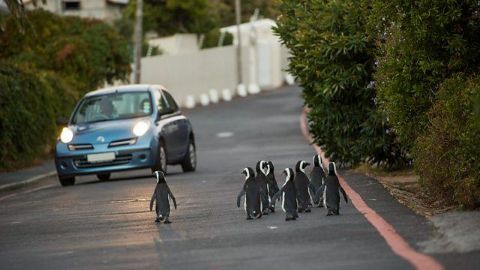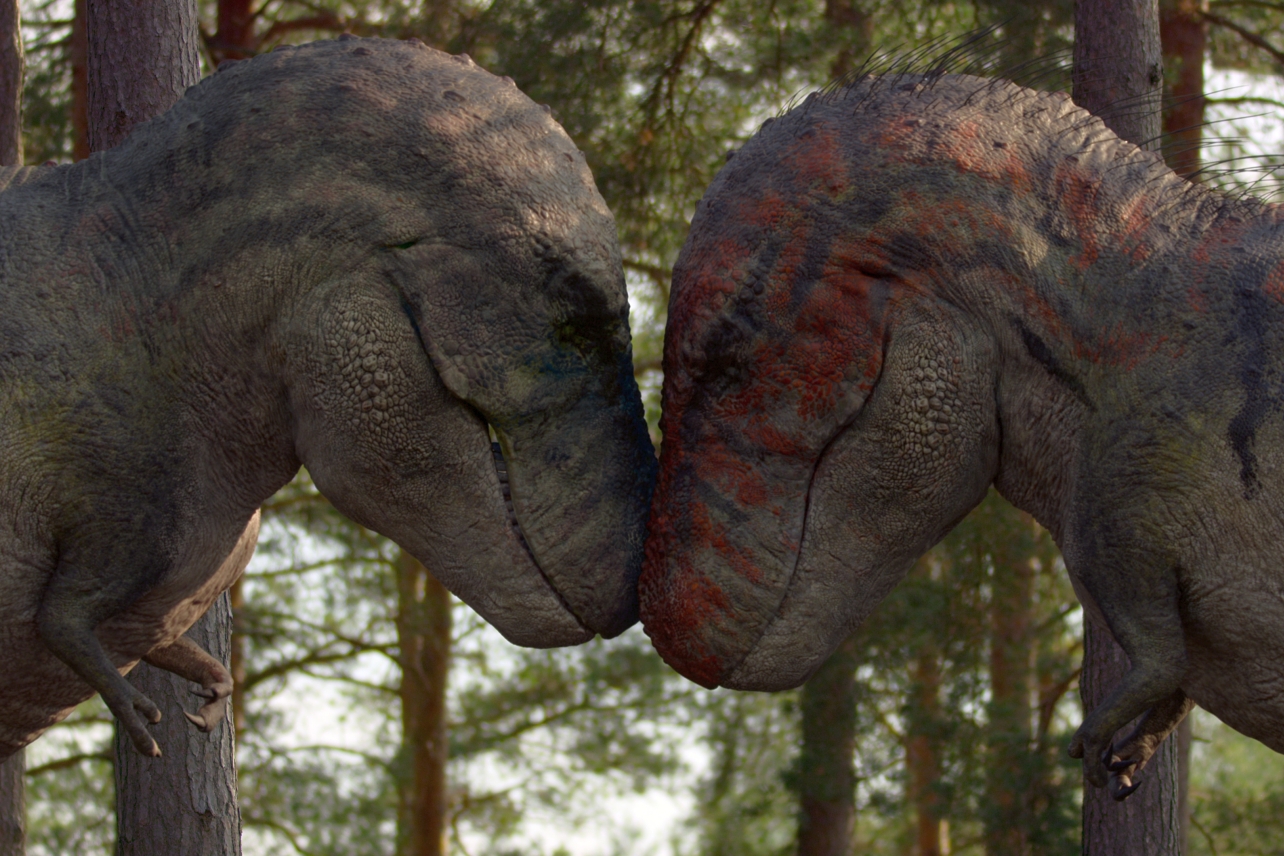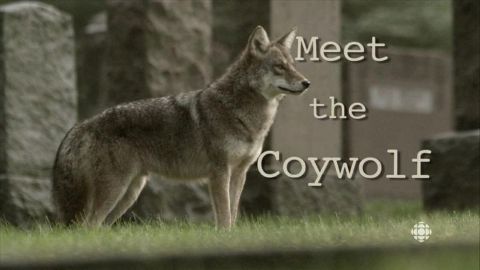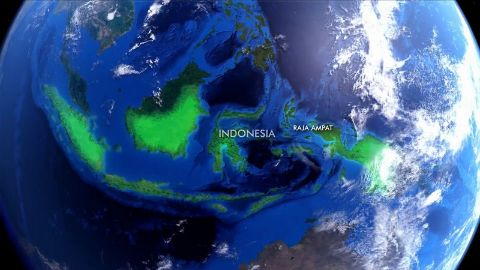You might also like
More than a billion people around the world commute into cities each day, and they are not alone. The world's wildlife is commuting too. A steady flow of animals journey in and out of cities to find food and shelter or to start a family. Leaving the wilderness they must overcome the unique challenges that the urban world throws at them to benefit from the opportunities on offer. This episode explores whether the secret to an animal's success in this fast-changing world is to keep one foot in the wild and one in the city, becoming a wild commuter. It seems that all over the world animals are finding that the city can offer opportunities that are harder to come by in the natural world. Some, like African penguins, whose population has plummeted by 80 per cent in the last 50 years, find shelter in the city. By nesting in Cape Town they are safer from predators, and with relatively easy access to their fishing grounds they have the best of both worlds. Many other animals commute into cities because they are filled with food. In St Lucia, South Africa, that includes hippos. Able to eat up to fifty kilograms of grass in a single sitting, they have developed a taste for the short, manicured lawns and come to town every night to dine out. St Lucia's human residents have learnt to give the hippos the space they need during their night-time raids. Black bears need to eat more than 20,000 calories a day to survive their six-month hibernation through winter, and using their acute sense of smell they can easily track down leftovers. In North America they come into towns and cities in search of food. Many animals displaced from their natural habitat are now using their wild skill set in the city to help fulfill their needs. Could this be the beginning of a new and very modern migration?
S1E2 • Cities: Nature's New Wild • 2018 • Nature
After Earth's third mass extinction, mammals' surviving ancestors ruled the supercontinent Pangea. But lizards soon ushered in the age of reptiles.
S1E4 • Life on Our Planet • 2023 • Nature
Deserts are getting even hotter, drier and bigger, yet a host of remarkable animals still survive in the harshest of conditions, including cunning hyenas, pint-sized meerkats and sand-dwelling spiders.
S1E5 • Hostile Planet • 2019 • Nature
The series starts in North Africa, where two of the world's biggest predators once battled for supremacy. At 13m and seven tonnes, the carcharodontosaurus was a huge beast, a gigantic lizard-like carnivore with shark-like teeth over six inches long. It was an efficient hunter that would slash at its prey until it bled to death. But the discovery of an upper jaw in Morocco revealed an even bigger carnivorous killer - spinosaurus. Four metres longer than Tyrannosaurus rex, spinosaurus is thought to have been one of the biggest killers to ever walk the Earth. But unlike the meat-eating carcharodontosaurus, spinosaurus mainly ate fish, living and hunting almost exclusively in the water. Like all predators that share an environment, the two may once have had to compete for food. Planet Dinosaur takes a look at what one such deadly battle may have looked like and finds out which giant beast would have been most likely to survive a fight to the death.
S1E1 • Planet Dinosaur • 2011 • Nature
Part wolf, part coyote this new hybrid species is the subject of a startlingly beautiful new film called Meet the Coywolf. A documentary that will both shock and amaze you. Coywolves emerged from a thin strip of land at the southern end of Algonquin Park less than a hundred years ago. Their arrival on the scene marks a rare event, the creation of a brand new hybrid species. A formidable wild animal that has spread across North America at an unprecedented pace, returning a new top predator to territories once roamed by wolves. Zoologist Roland Kays of the New York State Museum has been tracking these new creatures and describes them as having "a coyote like skull with wolf like teeth".
S52E10 • The Nature of Things • 2013 • Nature
The vibrant reef ecosystem of Raja Ampat, off the coast of Indonesia, is home to a conservation sanctuary twice the size of Singapore. It's one of the few places on Earth where two different species of manta ray live side by side. Join a dedicated team of conservationists as they track these mysterious creatures to safeguard their future.
10 • Great Blue Wild • 2017 • Nature





